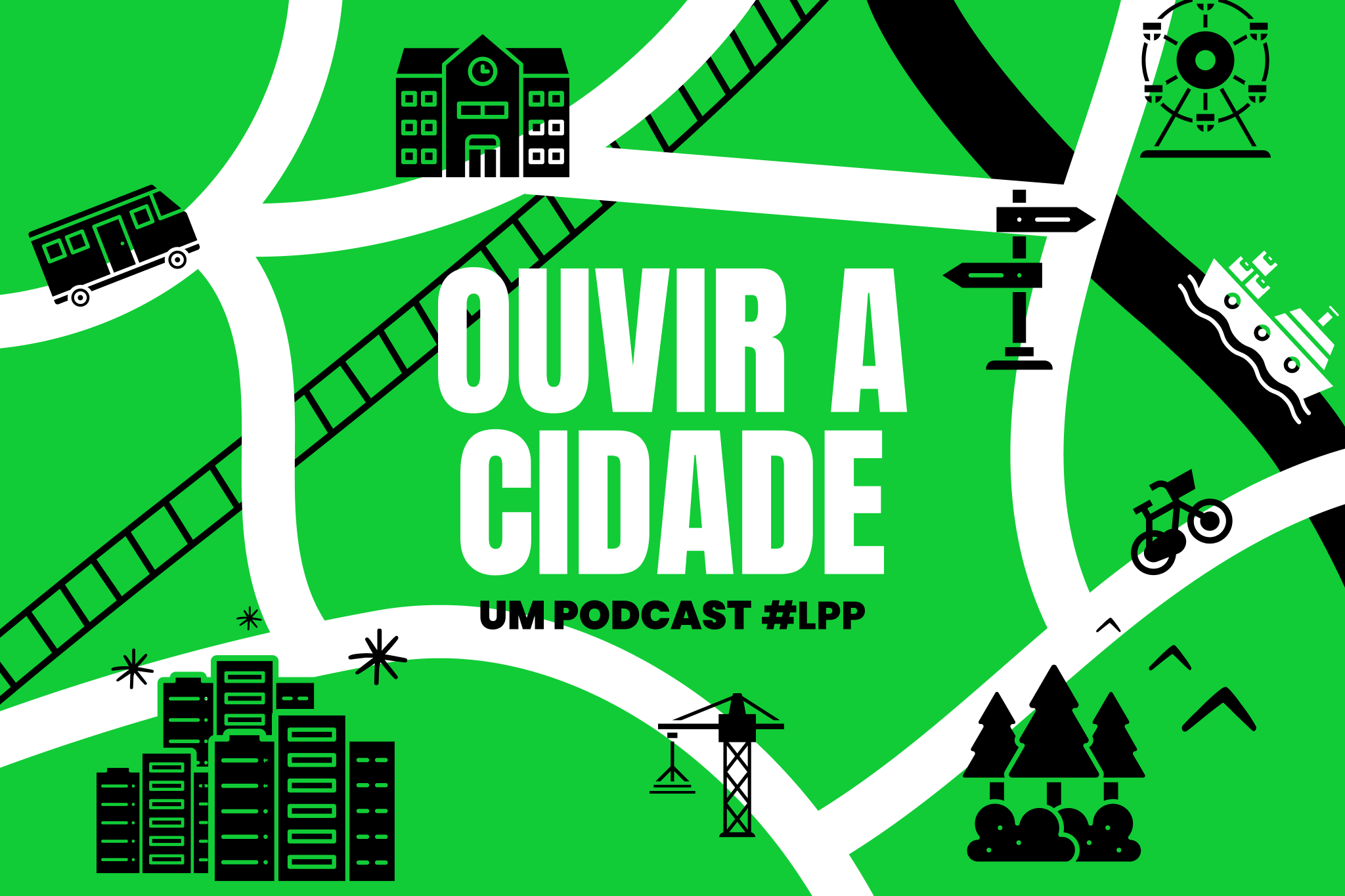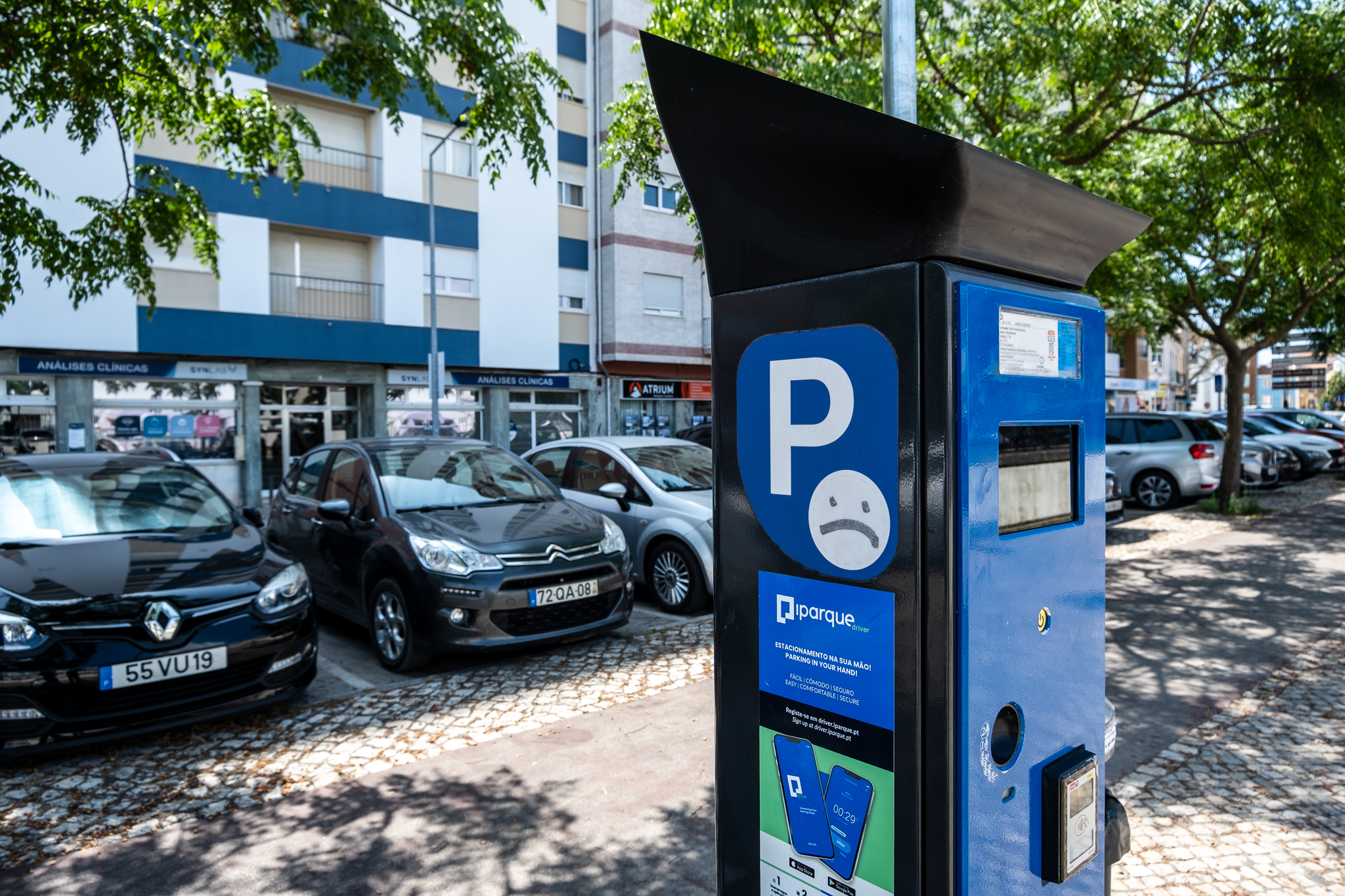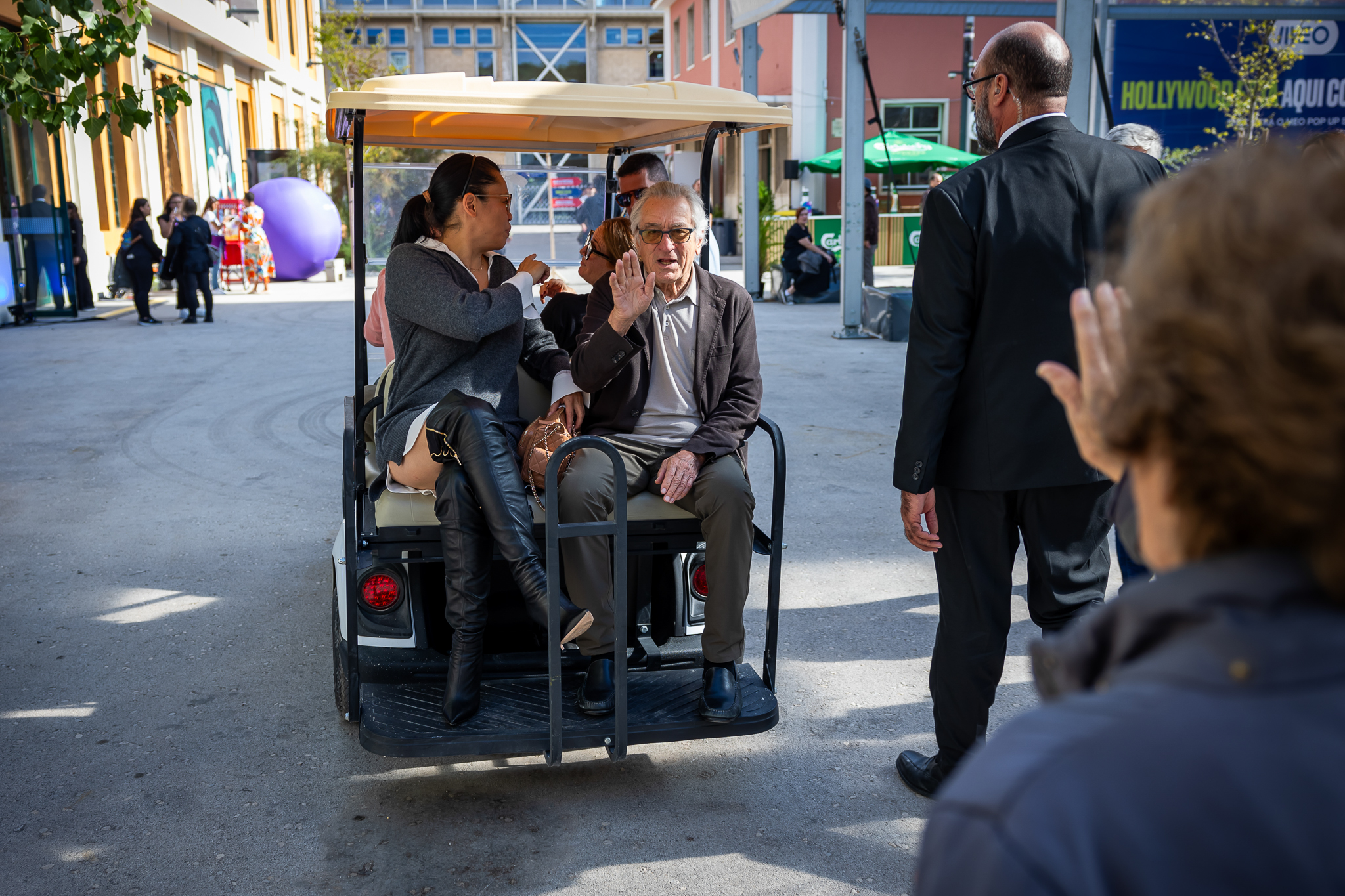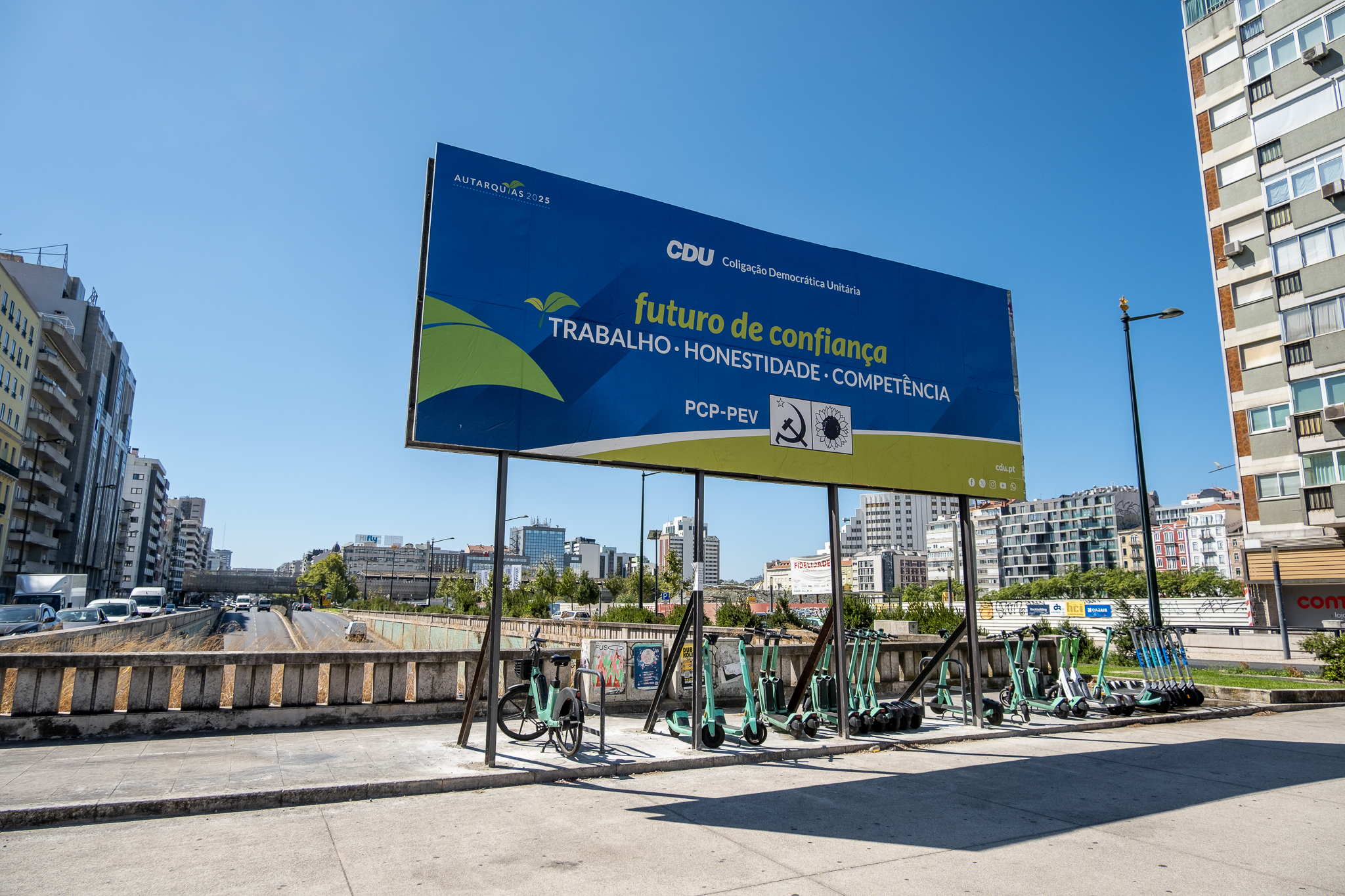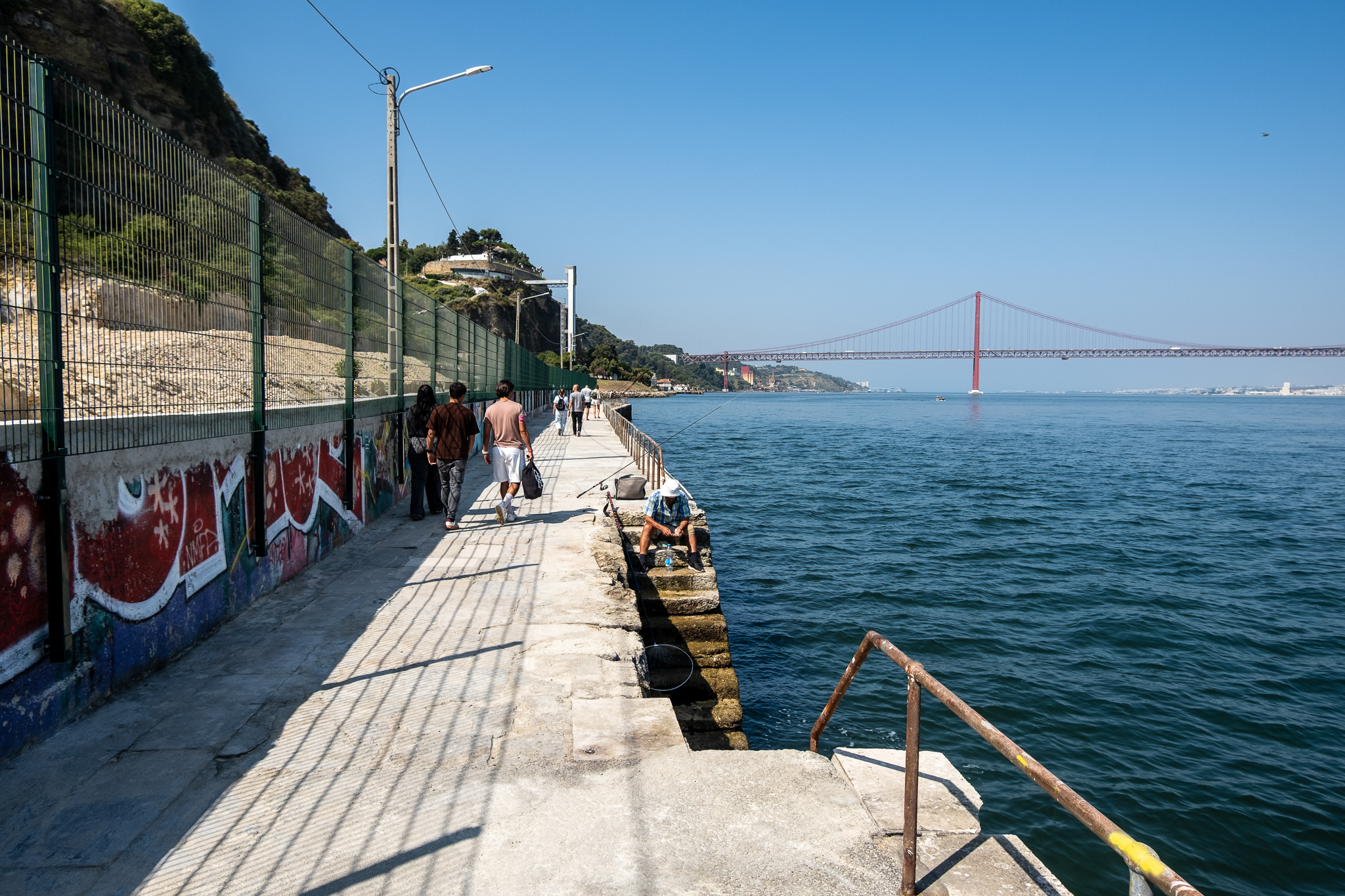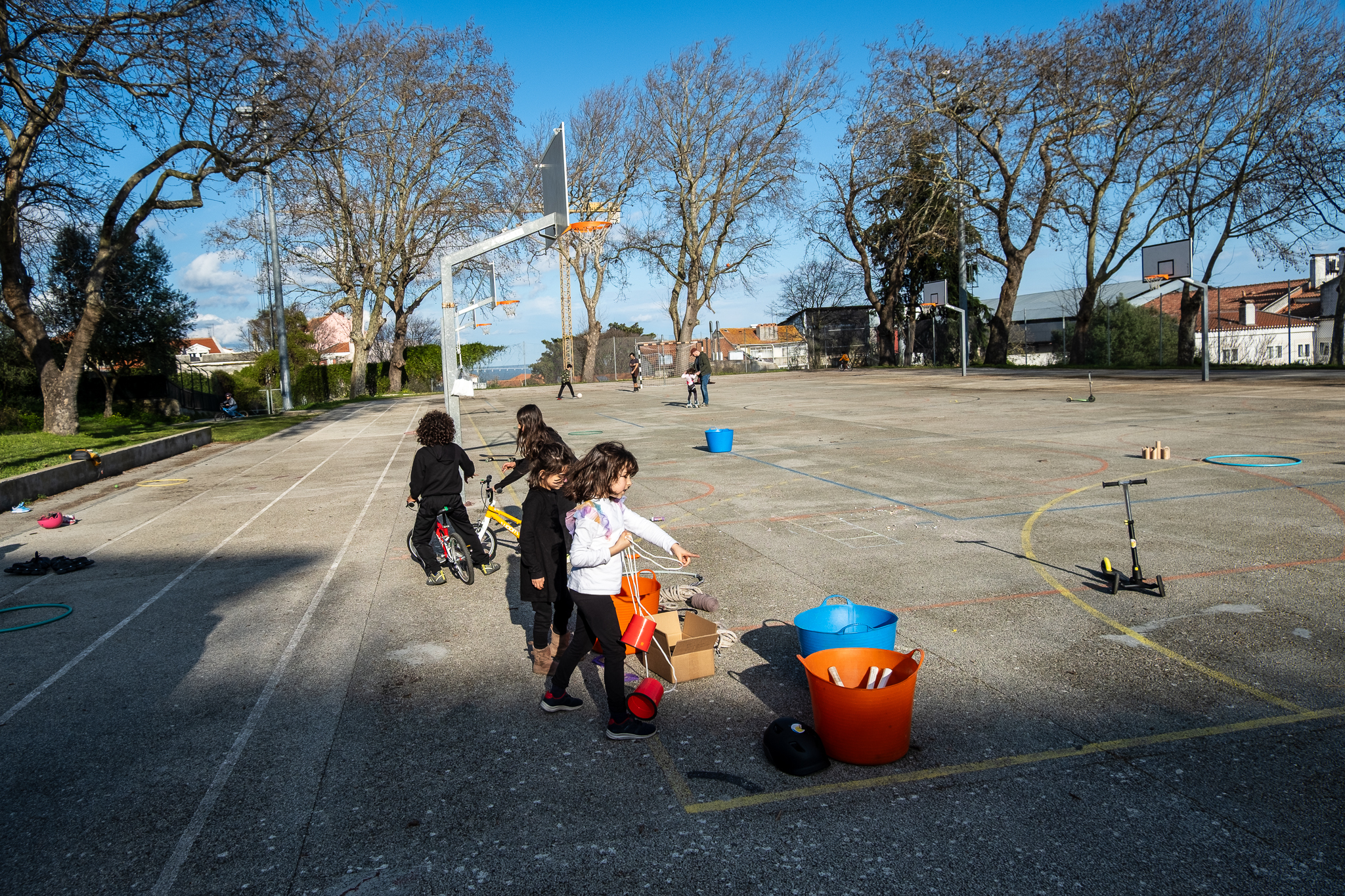Movimento "Save the Jardim da Parada" questions the choice of Jardim Teófilo Braga for the installation of the construction site of the Campo de Ourique Metro, and asks why not in Prazeres.
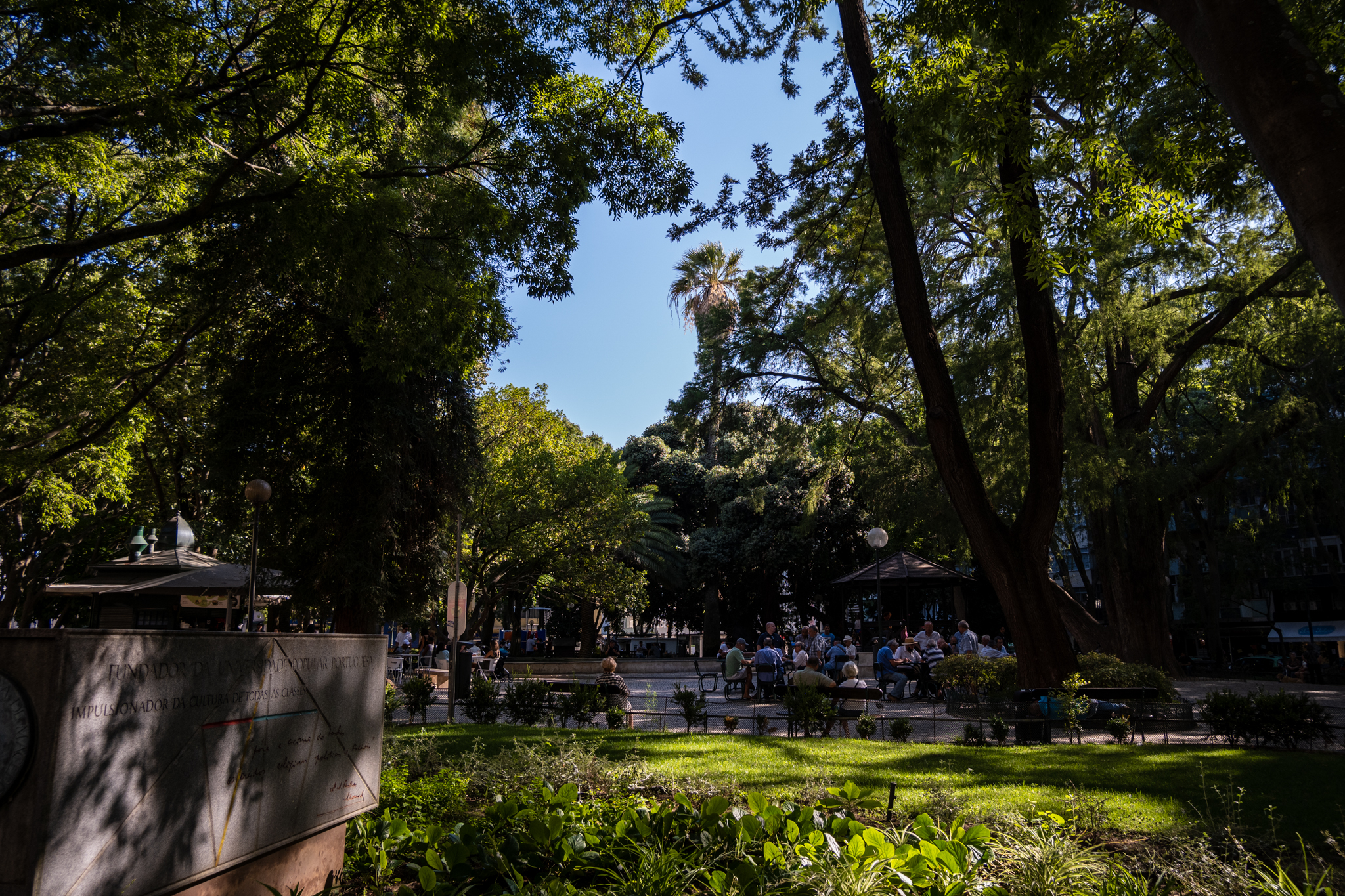
They are presented as "a group of citizens fighting for the preservation and integrity of the Parade Garden" and want Save the Parade Garden of the Lisbon Metro expansion works, which involve the extension of the Red Line to Alcântara, passing through Campo de Ourique. The solution studied foresees the installation of the construction site in this parish in the Parada garden, with the felling of some unclassified trees. "If this work goes ahead as planned, it will be the end of the Parada garden as we know it," write the promoters of the movement. on your site.
What is at stake?
According to the documentation shared during the public consultation process, which ran from late April to early Junethe future station of Campo de Ourique should be implemented under the Teófilo Braga Garden (Jardim da Parada), in an attempt to "minimize, on the one hand, the proximity of the tunnel to existing buildings and, on the other hand, the interference with roadways during the construction phase, maximizing the work fronts, in order to shorten execution times". Metro de Lisboa writes that Campo de Ourique represents "a great challenge from the constructive point of view" for your "fairly tight urban fabric, with circulation space limited to one lane per street and no physical parking space for residents or visitors"These points have been considered.

Despite this, Metro explains that "the attack shafts (places that will be excavated from the surface to execute the tunnels)" will be placed at the ends of the Garden, "aligned on their axis". "These wells were located so that they are outside the perimeter protection of the existing classified trees in the Parada Garden"This means, however, that there will be interference with some green mass.

According to a more detailed report on this issue, it will be necessary to cut down 13 trees "to provide space and functionality for maneuvering and circulation to the construction site"but the four classified trees in the garden will be kept, nine trees that will remain inside the shipyard, and another 71 trees that will remain outside the shipyard. There is one tree of the species Grevillea robusta which will be in a critical location - very close to one of the shafts through which the tunnel will be dug; the "option to abate" this sample "can be justified if it is functionally and economically inconvenient to move the well away from its rootme".
According to Metro, "care will have to be taken in the cleaning and replacement of the final landfills, with quality soil to accommodate the replanting to be carried out in the reconstitution of the garden". "At the end of the site the surface metro structures, located in the garden, are limited to two small ventilation chimneys for new air intake, each 1.5m in diameter, and a discrete elevator exit, consisting of a transparent glass structure of minimalist architecture, which houses two comfort elevators."one reads. The Campo de Ourique station will have exits at Rua Ferreira Borges and Rua Francisco Metrass.
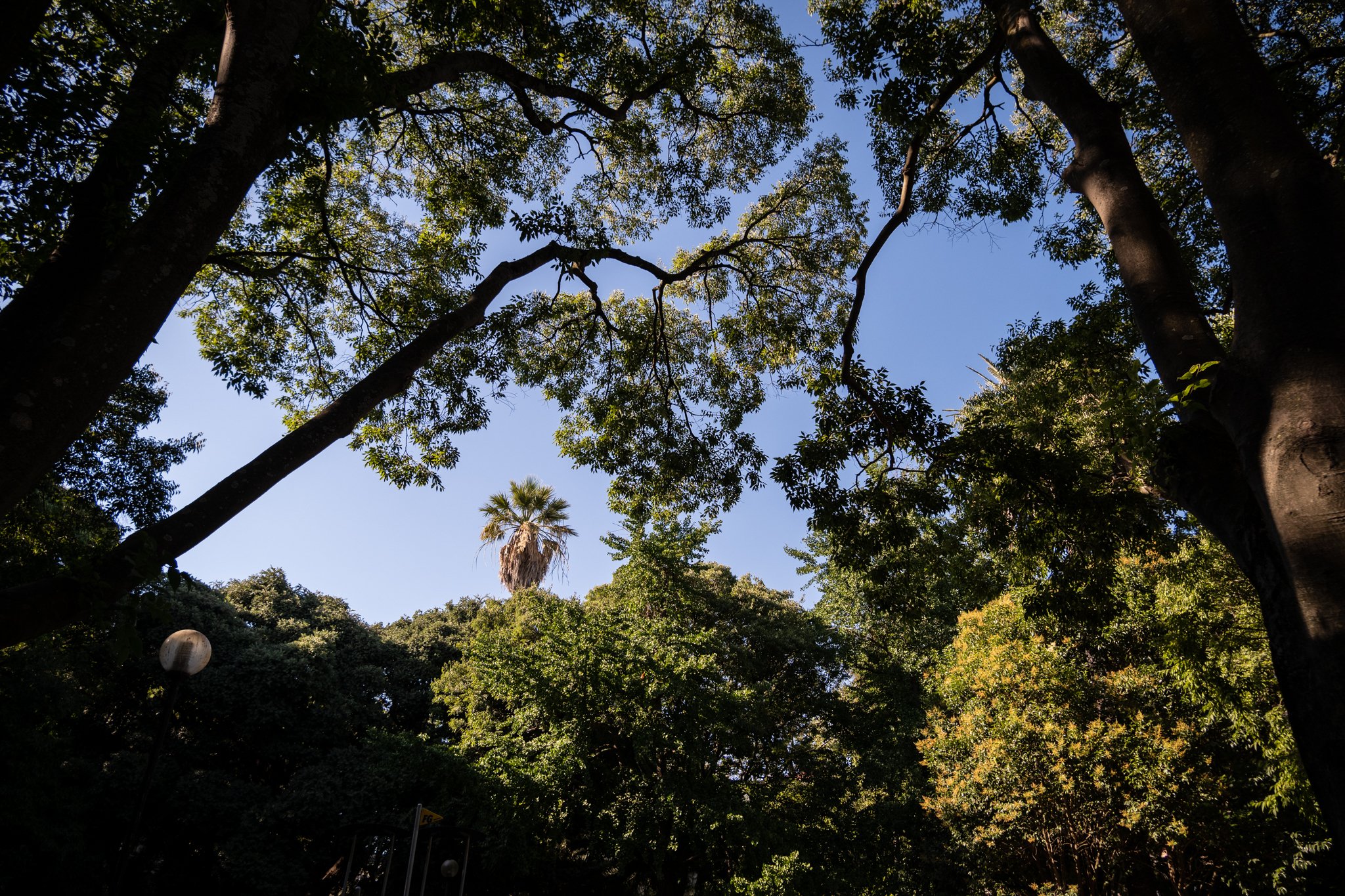
What does the movement ask for?
"For well over 100 years, everything has rotated on its axis. From the life of the cafes, to the old pharmacy or the neighborhood bookstore, from the essential commerce or the old mobile library to the contemporary poetry fair and the handicraft fair, thousands of people choose this block protected by a fence of large centennial lilacs every day to make their daily commute through the welcome of the trees or to enjoy any of its various facilities: playground, duck pond, kiosk with free wi-fi and food and drink until two in the morning, bandstand, and also garden tables and chairs, free to use for all generations."
- Save the Parade Garden Movement

On a long pagethe movement Save the Parade Garden, started by Cláudia Moura, a resident of the neighborhood, presents the virtues of that green space in the parish and what the expansion works of the Metro may imply. It is written that, "in the urgency of taking advantage of the PRR funds"that "neighborhood public garden" was "easy prey for hasty decision makers". "Despite the astonishment of the population"Metro de Lisboa and Junta de Freguesia of Campo de Ourique "refuse to discuss other locations previously projected and considered as viable (case of the Station in Prazeres)" you can also read.
The promoters of the movement understand that "the [automobile] parking will be reduced anyway, during the construction work and after the arrival of the subway" and say that none of the solutions presented in the meantime "modifies in any way the damage inflicted on the natural and social ecosystem of the garden". Between public sessions to inform the population about the Lisbon Metro expansion plans, parish assemblies and press statements, the number of tree species to be removed will have dropped from 13 to six with an adjustment to the original execution plan.
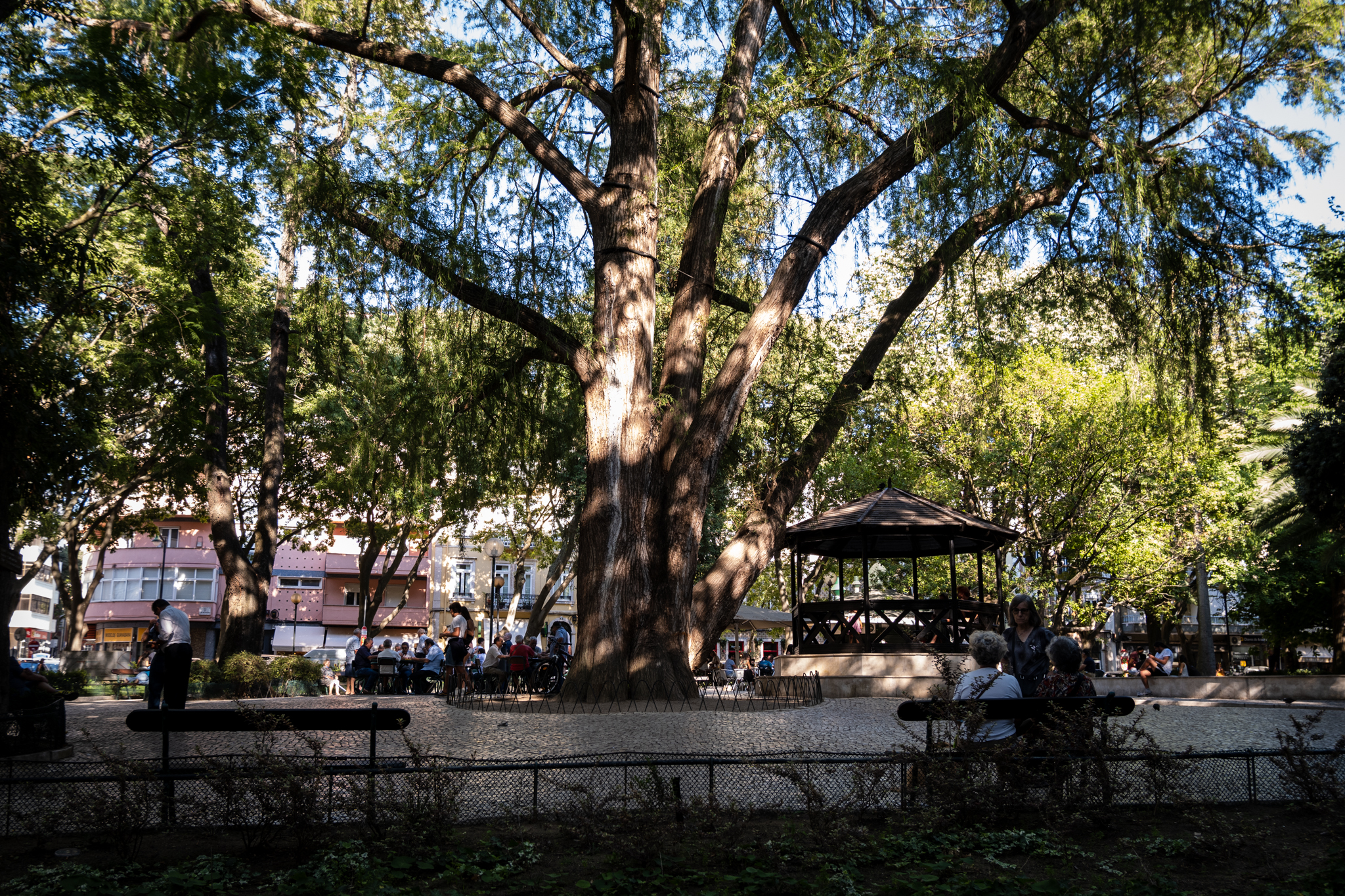
The Movement Save the Parade Garden questions the absence of documentation on this apparent change to the project, which he says came about "six days after the end of the public consultation" making unfeasible "any prior opinions from credible institutions and specialized associations". "It is clarified that this movement has requested clarifications and studies on other possible locations of the station within the neighborhood, which are continually not made available, making us doubt their possible existence."
A petition that can be signed in person is underway at different points in the Campo de Ourique neighborhoodstarting with the kiosk in the Parada Garden. In the letter, which is addressed to the Prime Minister, António Costa, and to the Minister of the Environment, Duarte Cordeiro, who is responsible for the Lisbon Metro, one can read: "We are for the preservation of the integrity of the garden, which belongs to everyone. Improved mobility is desirable but not at the expense of its destruction and the destruction of its century-old trees. That, if it happens, is not an adequate mobility policy, calling into question the environmental and social value of the garden."
In addition to the site salvarojardimdaparada.comthe civic movement - which presents itself as "non-partisan and with the full constitutional right of freedom of expression" - also makes available the e-mail salvarjardimdaparada@gmail.com - e social networks to receive communications from interested parties.

The Movement Save the Parade Garden is not alone in opposing the sacrifice of Jardim da Parada for the arrival of the Metro at Campo de Ourique. The association Quercus expressed "perplexity" by the layout of Campo de Ourique station "rely on massive construction"and considers, in its opinion on the subject, that "the proposed solution does not meet the minimum requirements of promoting environmental, social and economic sustainability". The Lx Citizenship Forum questions whether it makes sense "to cripple a historic garden [...] when the most appropriate place and already duly studied is near Prazeres, to take the subway from there, crossing Avenida de Ceuta, towards the Alvito train station".. The Platform in Defense of Trees considers "absurd" of that green space by "sacrificing at various levels their trees". And civil engineer Pompeu Santos defends five instead of four new stations, with the creation of one in Campolide and the relocation of Campo de Ourique station to Rua Francisco Metrass.
With an investment of 304 million euros in the Recovery and Resilience Plan 2021-2026, the extension of the Red Line foresees the construction of the Amoreiras, Campo de Ourique, Infante Santo and Alcântara stations. If all goes as planned, the work should take between two and three years, and be completed no later than 2026.

